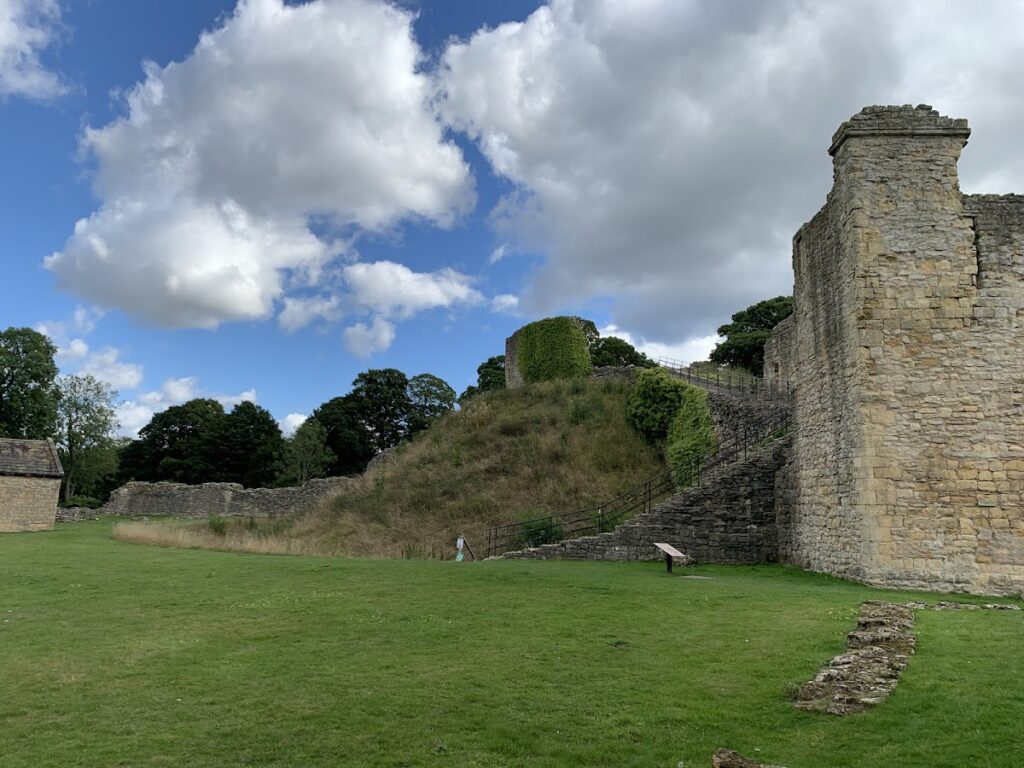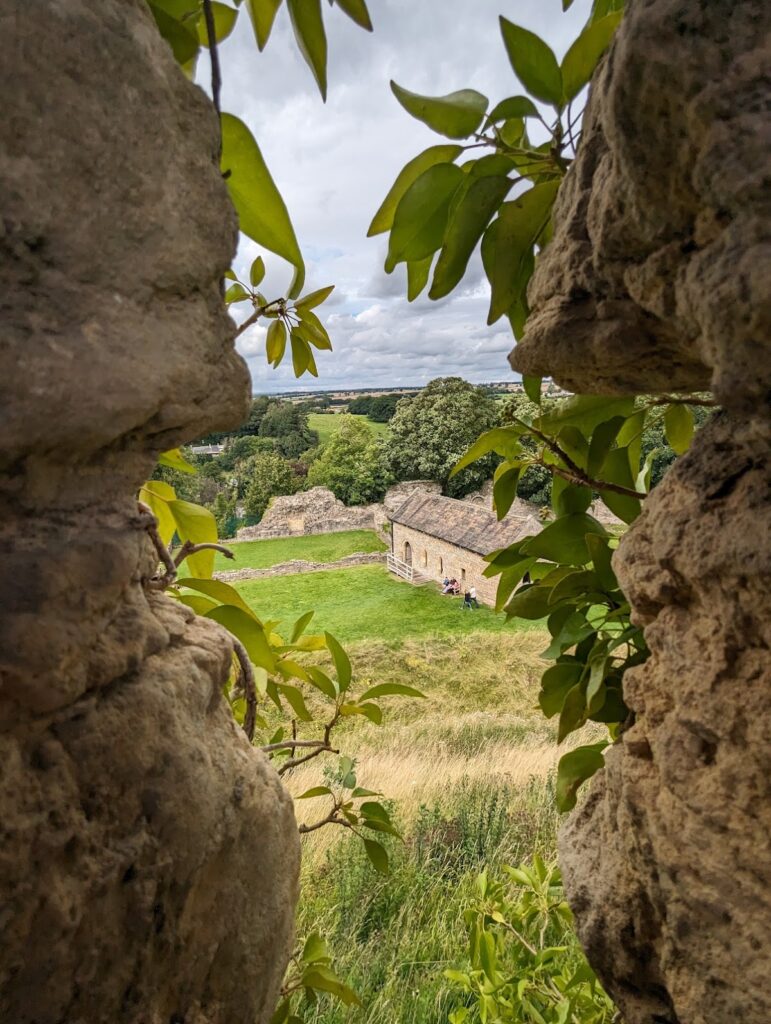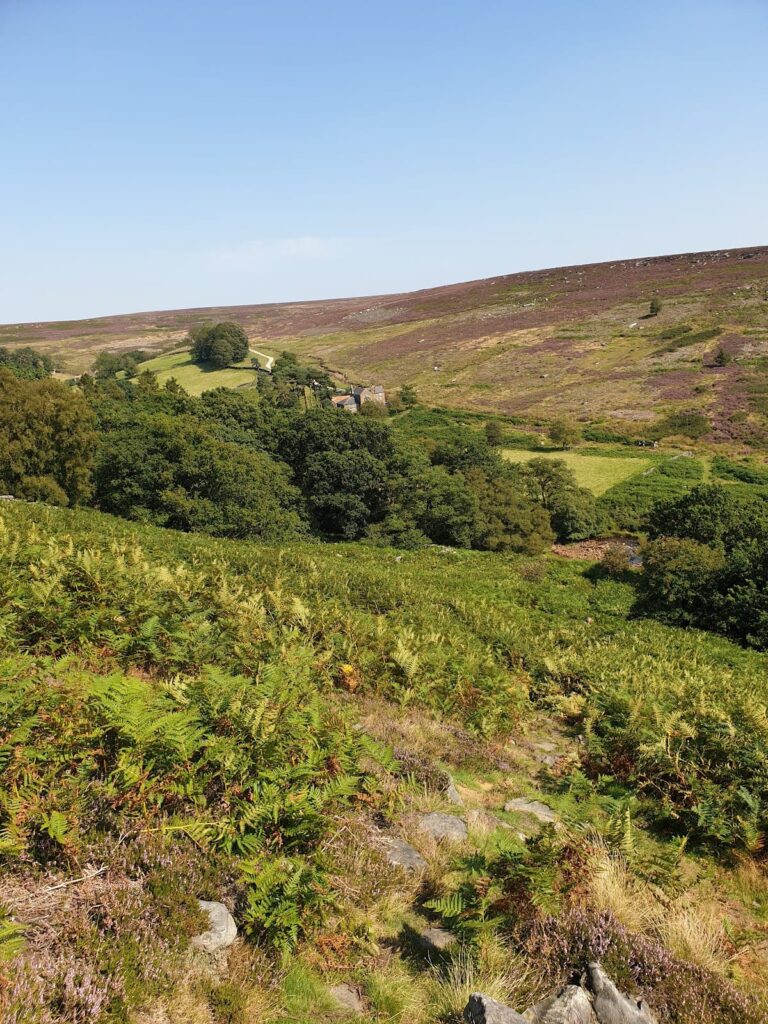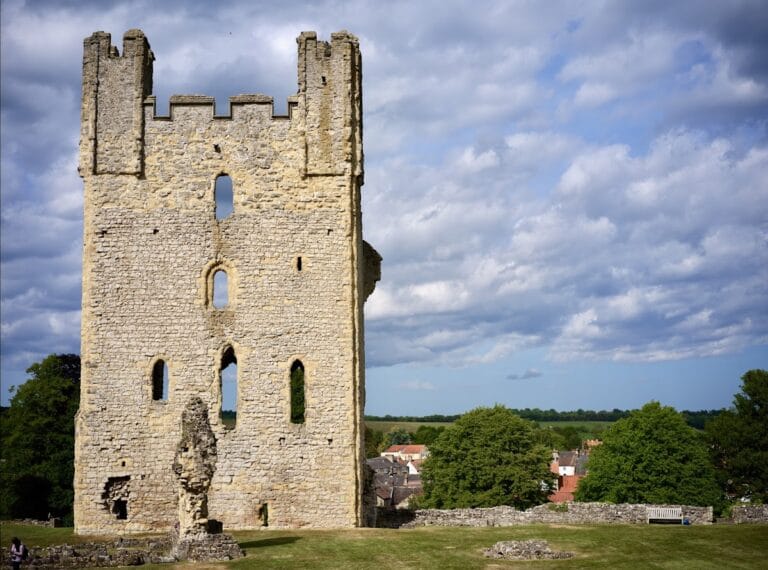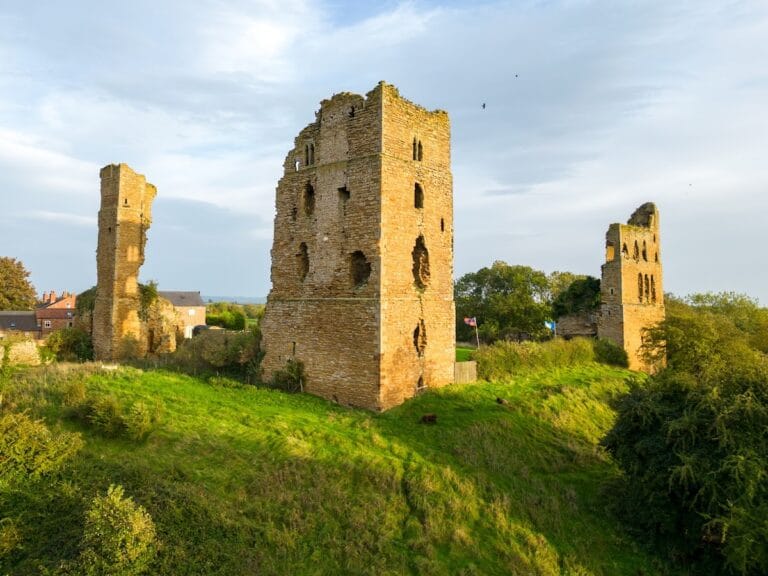Pickering Castle: A Norman and Medieval Fortress in England
Visitor Information
Google Rating: 4.4
Popularity: Medium
Google Maps: View on Google Maps
Official Website: www.english-heritage.org.uk
Country: United Kingdom
Civilization: Unclassified
Remains: Military
History
Pickering Castle, located in the town of Pickering in England, was originally established by the Normans shortly after their conquest of the country. Built around 1069 to 1070, it served as a motte-and-bailey fortress made from timber and earth. This early stronghold was part of a wider effort by William the Conqueror to secure control over northern England following a campaign known as the Harrying of the North.
During the late 12th and early 13th centuries, the castle underwent significant stone reconstruction. Between 1180 and 1187, the initial wooden bailey was transformed into a more durable stone inner ward. A few decades later, from 1216 to 1236, the wooden keep was replaced by a stone shell keep, a circular defensive structure, and a chapel was added. These improvements reflect both defensive needs and the establishment of religious functions within the castle grounds.
In the early 14th century, further strengthening took place in response to heightened military threats, particularly from Scottish raids during the reign of King Edward II. Between 1323 and 1326, an outer ward was constructed along with a curtain wall and three towers. Additional structures such as a gatehouse, ovens, a hall, and storehouses were added to support the castle’s defensive and administrative role.
Pickering Castle also played a role in royal affairs. Around 1399, it temporarily held the deposed King Richard II before he was moved to Pontefract Castle. The site saw action again in the 17th century during the English Civil War. Held initially for the king, the defense was broken through on the west side, leading to partial dismantling. Control soon shifted to Parliamentary forces, who removed valuable materials from the towers for use in Scarborough Castle’s fortifications.
Despite the turmoil of various conflicts, including the Wars of the Roses, Pickering Castle avoided severe destruction. It remained largely intact and well-preserved, eventually coming under the care of the Ministry of Works in 1926. Today, it stands as a protected monument reflecting its long and varied history.
Remains
Pickering Castle follows a motte-and-bailey design, positioned on elevated ground about 58 meters above sea level in the Vale of Pickering. Its location takes advantage of a steep cliff on the west side, which naturally enhances its defenses. Originally constructed from timber and earth in the 11th century, its surviving structures primarily consist of stone built during later medieval phases.
The heart of the castle is the inner ward, which developed from the original bailey into a stone enclosure between 1180 and 1187. Within this area lies a stone shell keep constructed between 1216 and 1236, replacing the earlier timber keep. This circular defensive wall surrounds the summit of the motte. A chapel dating from the same period has been rebuilt on the site, representing the castle’s religious aspect during the medieval era.
Outer defenses were added in the early 14th century. These include a curtain wall encircling an outer ward, reinforced by three towers. Defensive measures also featured two ditches: one lying outside the curtain wall and another within the outer ward. This expansion was supported by several functional buildings typical of a self-sustaining fortress, such as a gatehouse controlling access, ovens for baking, a hall for gatherings, and storehouses for supplies.
The castle’s west side exhibits visible signs of conflict from the English Civil War, when this part was breached and largely dismantled. Three earth mounds situated to the west mark the positions where Parliamentary artillery was positioned during the assault. Furthermore, materials including lead, timber, and iron were removed from the towers and repurposed elsewhere, notably for strengthening defenses at Scarborough Castle.
Thanks to its avoidance of catastrophic damage in later wars, much of Pickering Castle’s medieval stonework remains in situ today. The site stands as a well-preserved example of Norman and medieval military architecture, showcasing successive layers of construction that reveal its evolving role through centuries of English history.
